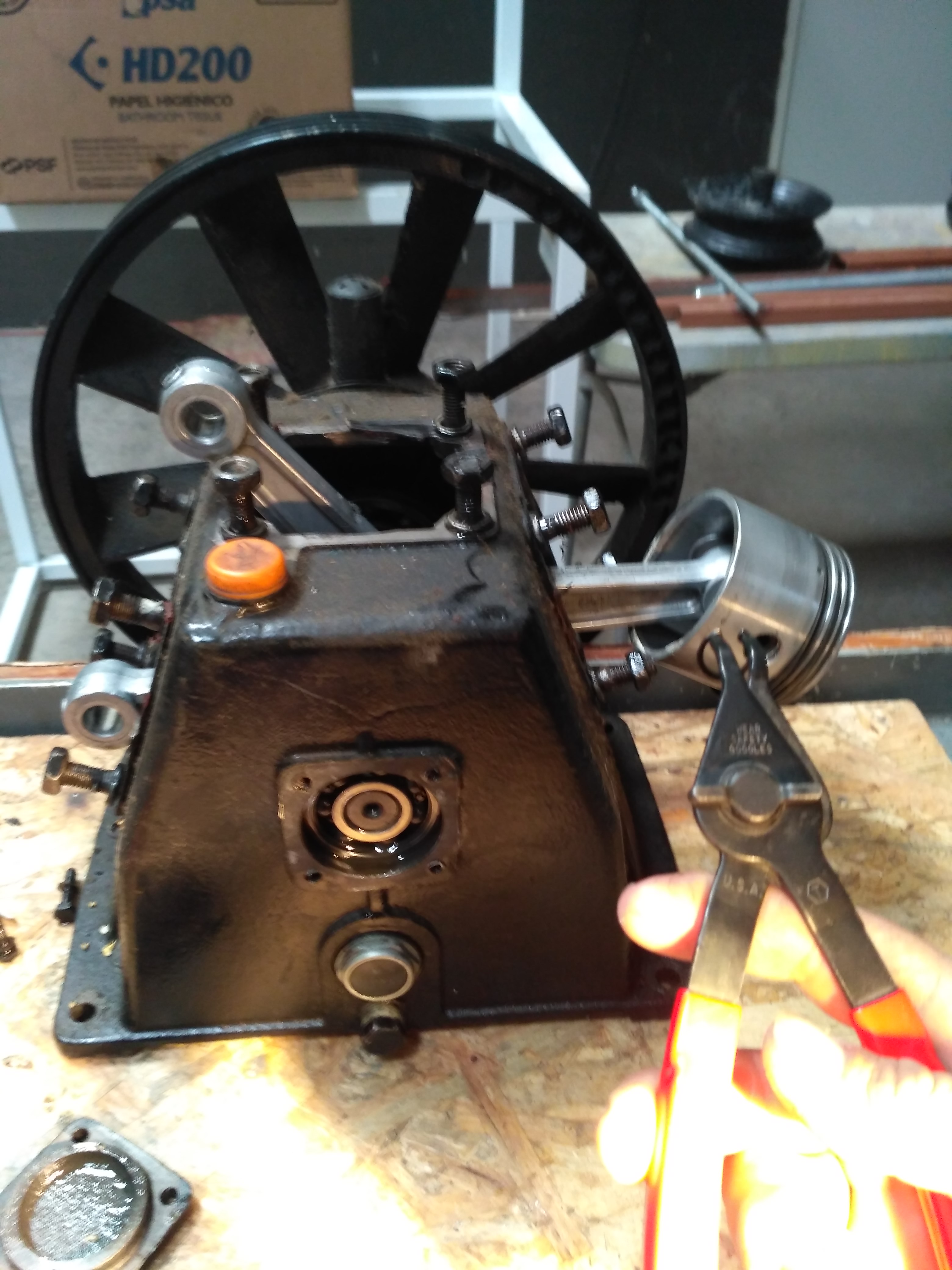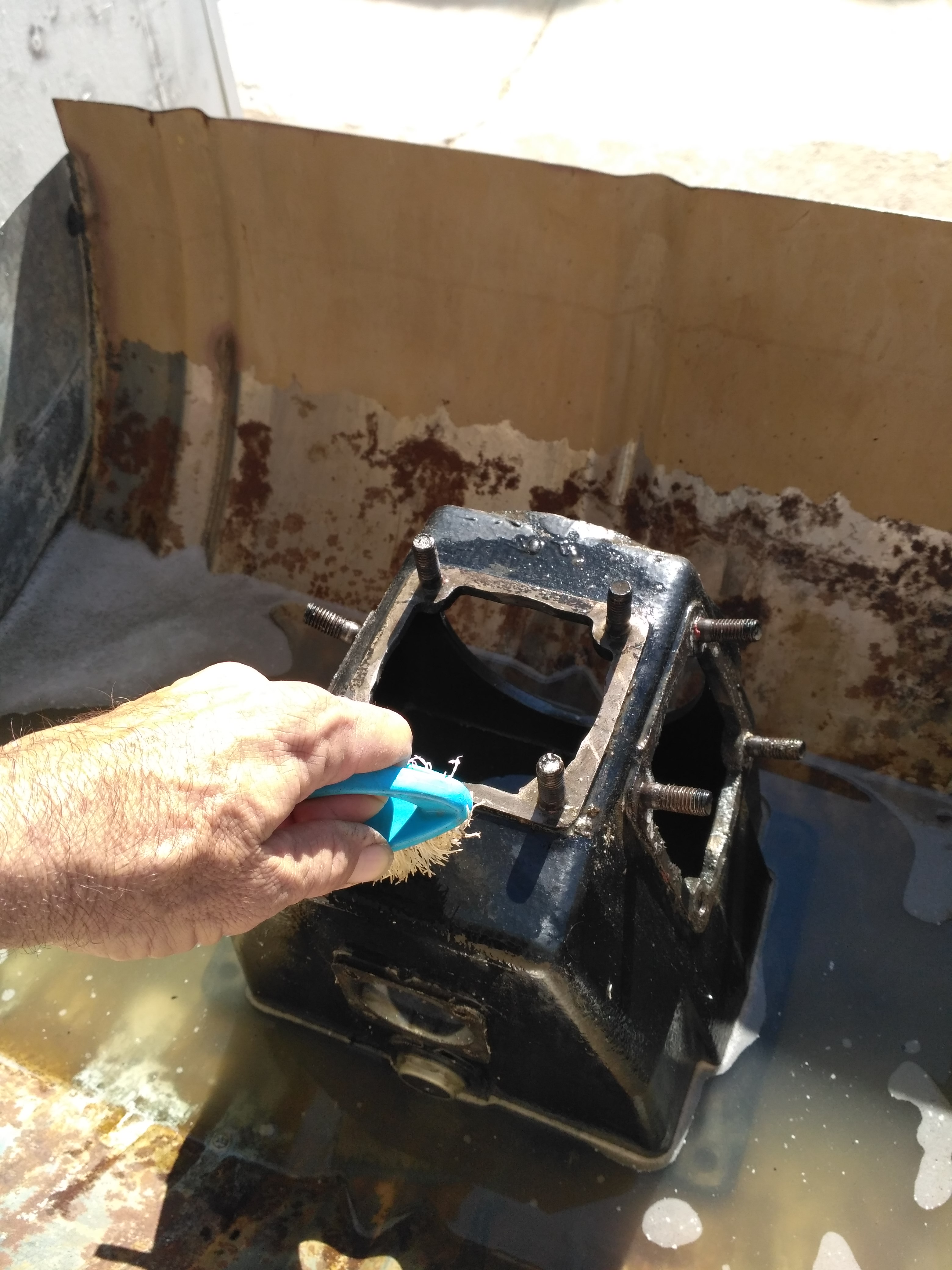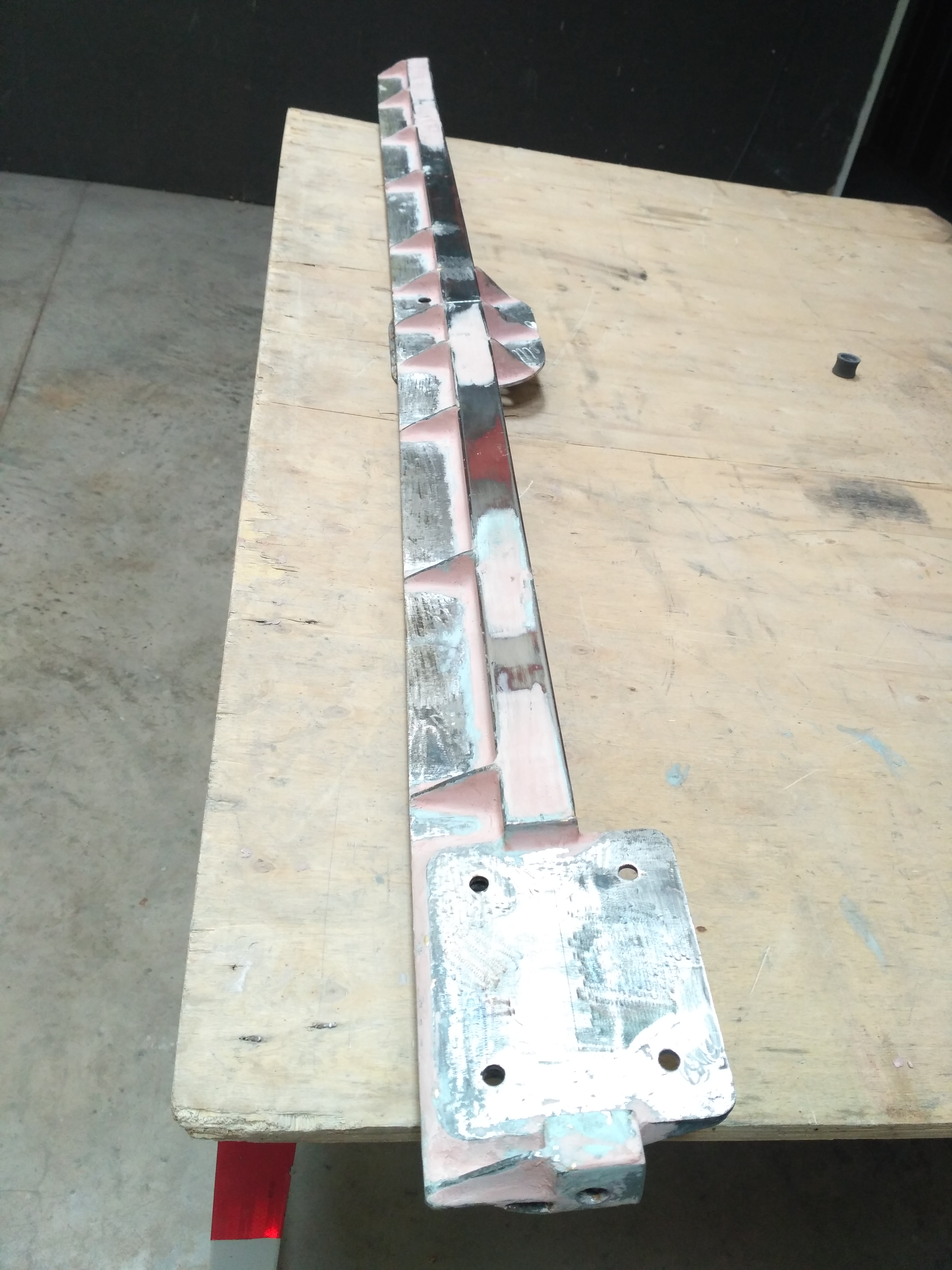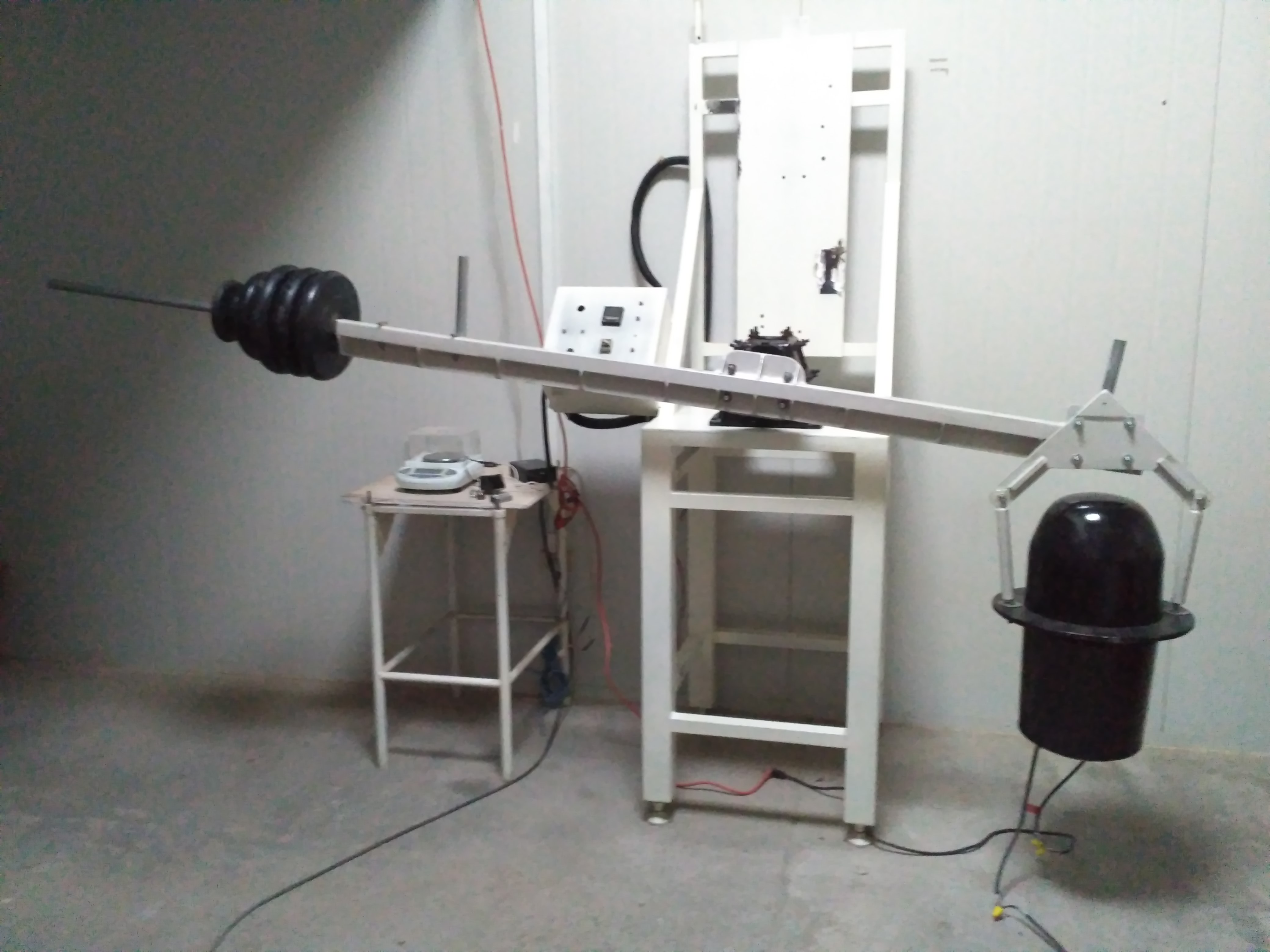Testing Apparatus Build |
||||||||||||||||||||||
| ||||||||||||||||||||||
|
| ||||||||||||||||||||||
|
Comments: The mission of the Testing Apparatus is to accurately measure thrust of the HyperDrive and remove all doubts as to the function and viability of the gravimetric friction propulsion system as developed within the scientific framework of Flow Theory. To accurately measure thrust of the HyperDrive the weight of the drive must be removed from the equation. All other variables that might cause thrust or be attributed to a measuring scale result must also be absolutely removed from the output. This includes vibration, air flow, magnetic fields, optical illusions, hidden wires or cables, static electrical charges, misdirection in design apparatus, etc. The test results must be clean and verifiable to the highest degree possible. The minimum requirements of the testing apparatus must accommodate the weight and volume of the HyperDrive LV3 as well as special characteristics. Dimensions: 70 cm by 41 cm. Weight: 45 kilograms. For any test, the HyperDrive must not be required to run on its side as this causes a disruption in function and a violent perturbation in the motor as a result of the powerful crown of conduction of planet Earth (see Flow Theory, crown of conduction and Hyper Test ID 11). Having completed basic assembly and testing of LV3, began building test apparatus finally today. I found an used air compressor crankcase in storage that will function nicely for the center of the balance. I hope to build an accurate testing system that will give results within 100 grams. This is challenging as the LV3 weighs over 45 kilograms (100 pounds) and it will be balanced against another weight to equal. The balancing weight will be placed on the balance farther from center opposite to the HyperDrive, so counter weight will add less than 45 kilograms, however, the total weight will likely be over 70 kilograms. The bearings on the compressor crankcase are almost ideal for this project. This air compressor crankcase is basically like the crankcase for an automobile. Why would this be important for a balance and thrust measuring system? Because an engine takes large explosive forces through pistons and smoothly translates this into rotational motion through the drive shaft. Test apparatus must balance heavy weights on both sides of the balance beam and then translate this weight onto the crank shaft which must move with as little resistance as possible. This air compressor machine was actually the opposite of an engine, it took the force of a 7 horsepower motor, external to the crankcase, and translated this force into 3 air pistons connected to the crank shaft which delivered compressed air into a tank. However, it essentially functions in the same manner as an engine crankcase. The balance must bear much weight and still accurately measure the forces generated in thrust by the HyperDrive with as little rotational resistance as possible. Finally finished project 9 JAN 2021. Whew! Was a bit more work than expected, however the result was well worth the effort. Now we have a reliable test platform that will deliver consistent results and irrefutable evidence as to the function of the various prototype HyperDrive motors. See photos and video below for more information. For background on the testing apparatus and the planned methodology, you may visit these pages: Our Test Methodology Hyper Test Protocol | ||||||||||||||||||||||
|
All Media      | ||||||||||||||||||||||